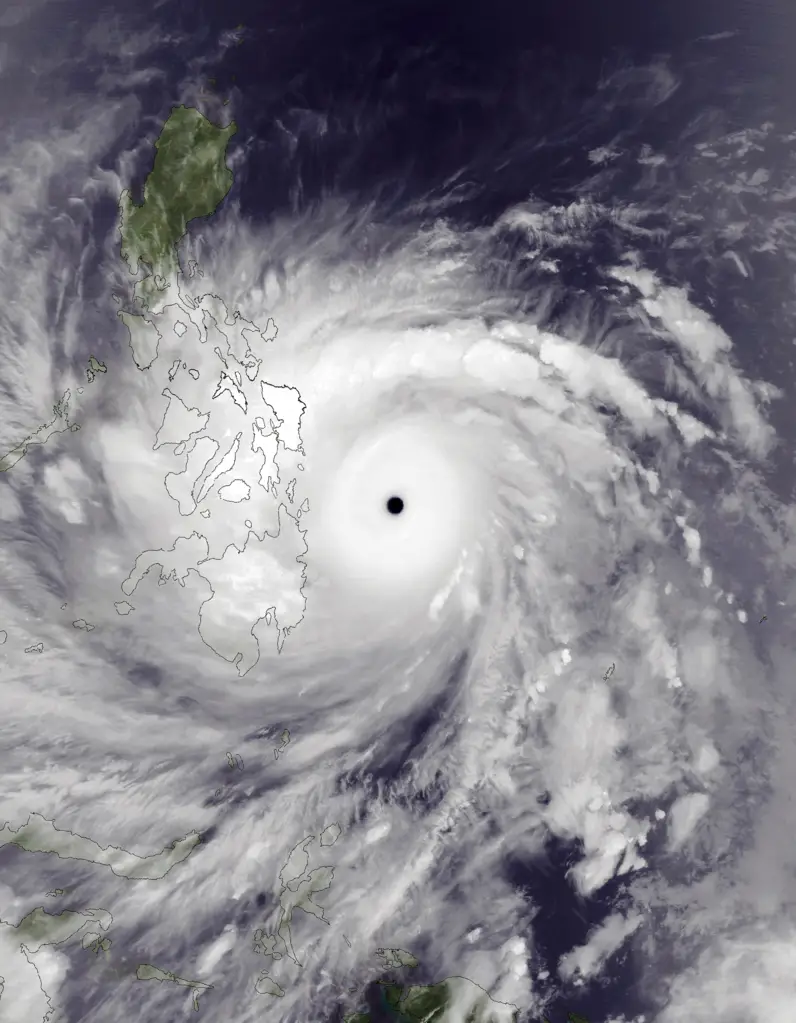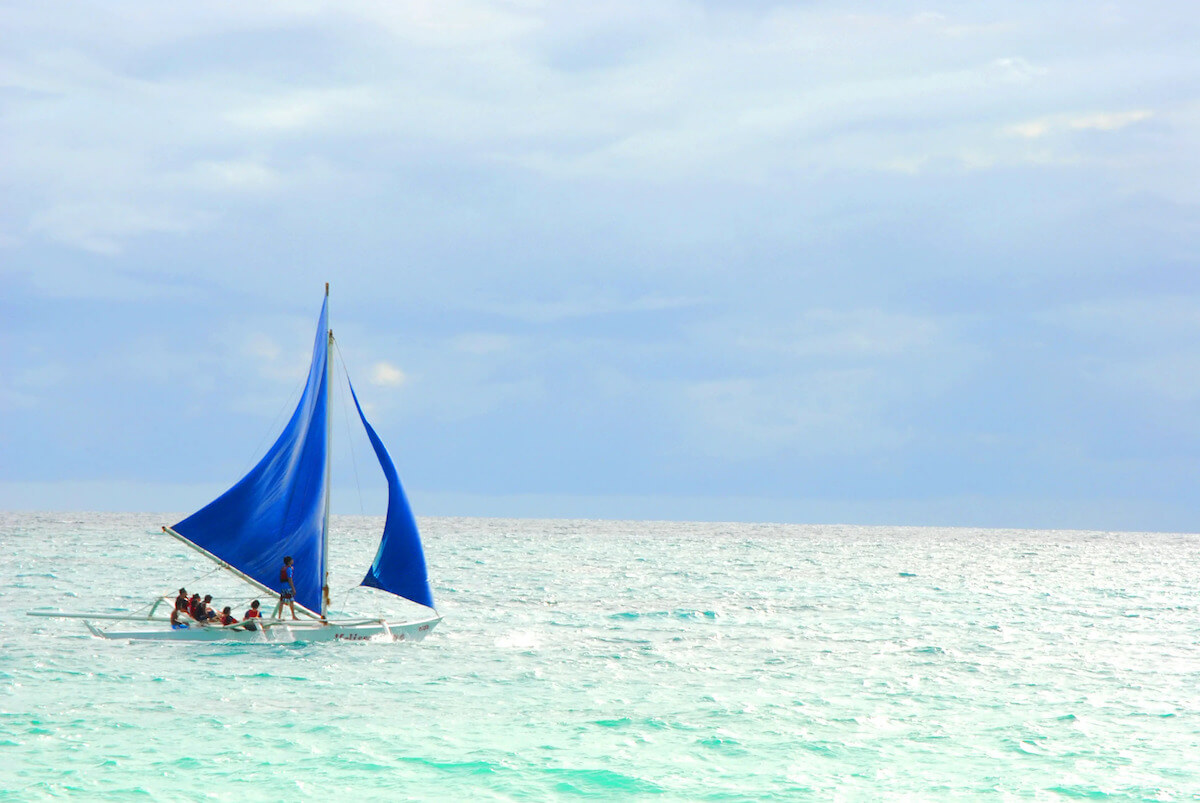When is the Best Time to Visit the Philippines?
One of the essential things to consider when traveling to the Philippines is the weather. Our country doesn’t have a very stable weather. One day, it’s sunny. The next day, it’s rainy. Timing your travel can be a little tricky here. So, when is the best time to visit the Philippines? Here are some of the things you need to keep in mind.
Seasons in the Philippines
The Philippines is a tropical country with two major seasons: dry season (December-May) and rainy or wet season (June-November). The warmest months of the year are from March to October. The winter monsoon brings cooler air from November to February. May is considered the warmest month, and January, the coolest.
Do note that dry season doesn’t necessarily mean rainfall and typhoons won’t occur. On the other hand, wet season doesn’t mean it’s always going to rain. The country is surrounded by major bodies of water — the Pacific Ocean in the east, the West Philippine Sea in the west, and the Celebes Sea in the south. Hence, the Philippines is vulnerable to storms and typhoons all year round.


Typhoons that struck the Philippines
On November 2013, super typhoon Yolanda (Haiyan) badly hit the Philippines, severely affecting the Visayas region, particularly Tacloban City, Leyte. In December 2021, super typhoon Odette (Rai) devastated many parts of the Visayas and Mindanao including Cebu, Leyte, Surigao, and Siargao.
*Visit PAGASA for the most recent typhoon news and updates.
Catastrophic typhoons like Sendong (2011), Pablo (2012), Yolanda (2013), Ruby (2014), and Odette (2021) have all occurred between November and December. Therefore, we don’t recommend that you travel during these months.
Best time to visit the Philippines


Based on our experience, the best time to visit the Philippines is the first half of the year, from January to May. During this period, the weather is generally fine with less rainfall.
If you are planning a beach getaway, say in Boracay or Palawan, it’s always safe to travel during the summer season (March-May) since the sun is always out and there’s low chance of rain.
Again, there’s no guarantee that bad weather and storm are not going to happen. The Philippine Atmospheric, Geophysical and Astronomical Services Administration (PAGASA) monitors the weather conditions of the country. Be sure to check their updates prior to your travel.
We hope you find this Philippine climate guide useful. Share this info to your friends who are traveling the Philippines soon!
Planning a trip to the Philippines? Check out:
- Top Philippine tourist spots
- Famous Philippine festivals and fiestas
- Top theme parks in the Philippines
- Snow attractions in the Philippines
- Manila Airport Guide
- Cebu Airport Guide
Looking for beach destinations in the Philippines? Check out:
- Boracay: Luxury Resorts in Station 1 & Zero; Affordable Resorts in Station 2 & 3
- El Nido: El Nido tourist spots; Best El Nido Resorts
- Coron: Best Beach Resorts in Coron
- Bohol: Top Bohol attractions; Best Panglao Resorts
- Cebu: Best Cebu Beach Resorts; Best Bantayan Island Resorts; Best Malapascua Resorts; Best Camotes Resorts
